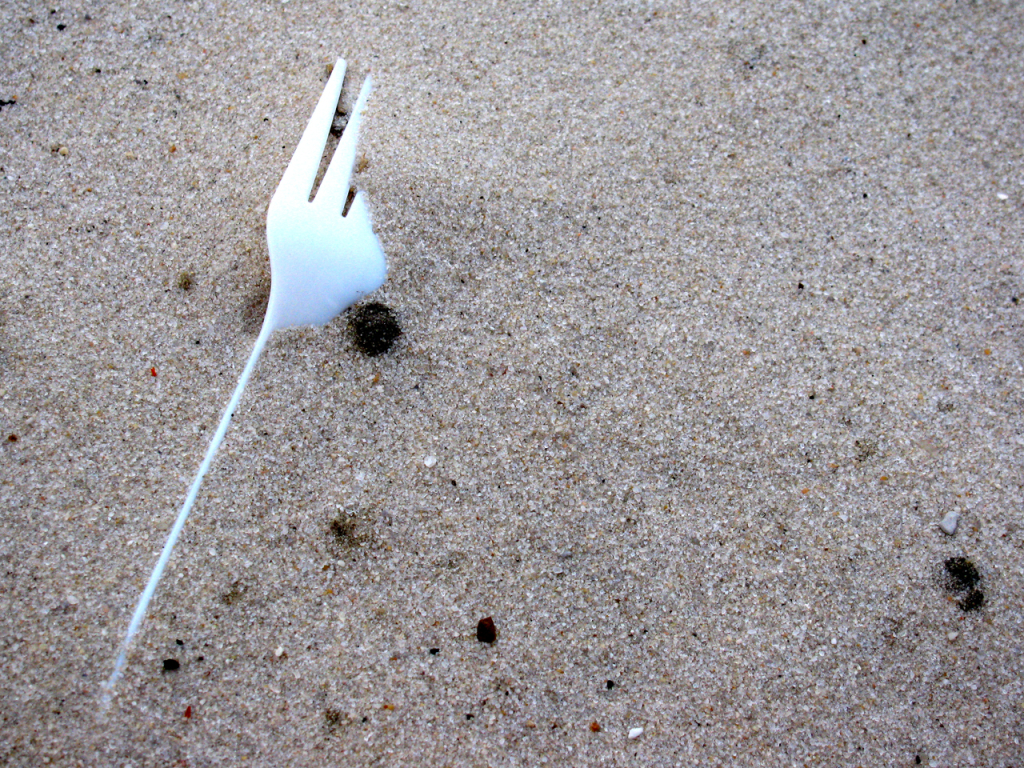
By Dave Dahl
SPRINGFIELD – “A plastic fork or a plastic straw,” said John Scott. “I mean, it’s crazy that these materials have been designed to last forever, but they are only intended to be used for a couple of minutes and thrown away.”
Scott, a senior chemist at the Prairie Research Institute at the University of Illinois, has studied the journey microplastics and PFAS make and says some of the contaminants end up in biosolids at the bottom of wastewater treatment plants – and gain a new life as fertilizer, “so we kind of re-release them into the environment.”
Scott says one solution would be more efficient recycling. “We can do a much better job,” he said. “We are only at 8-9 percent, and a lot of that is because plastic is contaminated. When food comes in contact with material, that inhibits its ability to be recycled.
“A lot of these plastics contain additives that make it unable to be recycled.” Those plastics, Scott said, are thrown away, just as if you never put them into the blue bin to begin with.
Dave Dahl can be reached at [email protected].






